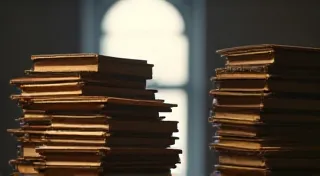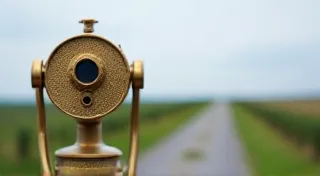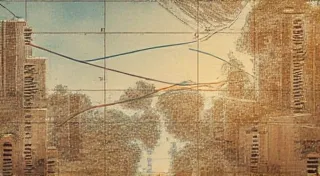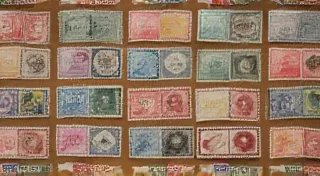The Bell's Echo: Aural Landscapes of the Typewriter Era
The quiet revolution. That’s how I’ve always thought of the typewriter's arrival. Not a violent upheaval, but a subtle shift in the very rhythm of communication, marked by a sound unlike any that preceded it. It wasn't the laborious scratch of a quill, nor the formal imprint of a printing press. It was the clatter, the ding – a percussive dance of metal on metal, a mechanical heartbeat that resonated within offices, homes, and the creative minds of a generation.
Before the Echo: Writing Before the Machine
Imagine a world where every letter, every document, was painstakingly formed by hand. Think of the calligraphers, the scribes, the clerks meticulously copying contracts, composing poetry, and relaying news. The act of writing was a profound commitment, a tangible representation of effort and intention. This physicality imbued the written word with a weight that we, in our digital age, can scarcely comprehend. The sounds associated with that era – the rustling of parchment, the dip of the pen, the hushed concentration – were integral to the writing experience. Then, in the 18th and early 19th centuries, inventors started to toy with mechanizing this process, initially as devices to aid the blind, but the true breakthrough would come from a family driven by innovation and a dedication to a clear, repeatable impression. The evolution of these early devices, their patents and prototypes, is a fascinating story in itself; one can explore these early moments of mechanical ingenuity further at Dust & Diagrams: Patents, Prototypes, and the Birth of the Modern Typewriter.
The Birth of the Echo: Pellegrino Turri and the First Mechanical Writers
The earliest mechanical writing machines, dating back to the early 1800s, were largely experimental, prototypes struggling to find practical application. Pellegrino Turri, an Italian inventor, is credited with creating one of the first functional typing devices around 1808, designed for his blind Countess Carolina Fantastici. While his machine didn’t rely on a keyboard as we know it today, it fundamentally changed the landscape of accessible writing, demonstrating the potential for mechanical assistance. The sounds emerging from these early devices were likely a complex mix of whirring gears and the striking of metal arms – a nascent echo of the typewriter’s future voice.
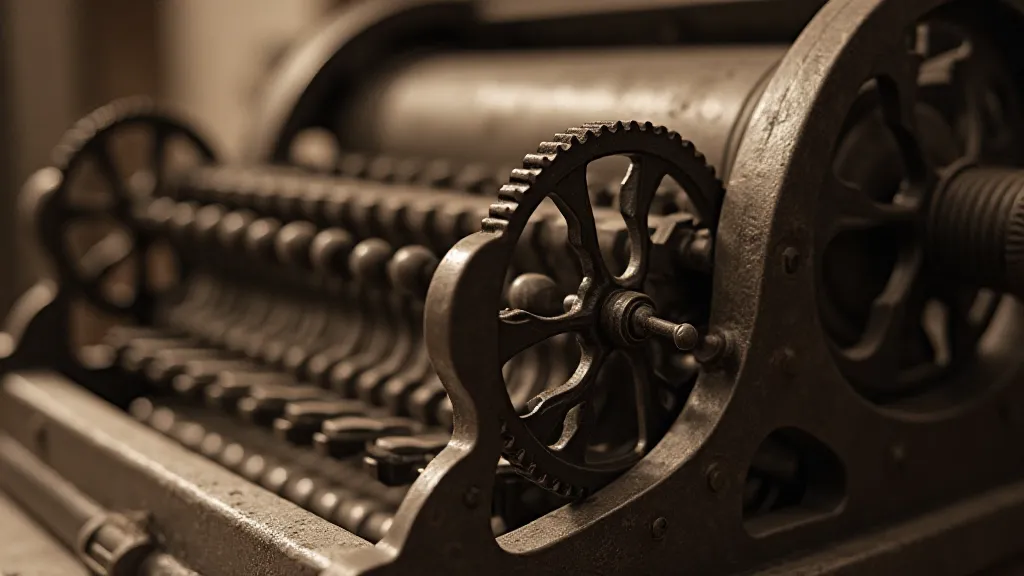
The Remington Era: Refining the Soundscape
The mid-19th century saw significant advancements, culminating in the commercial success of the Remington No. 1 in 1873. This machine, initially intended as a sewing machine manufacturer’s diversification project, transformed the very sound of the office. The distinctive “ding” of the carriage return lever became synonymous with professional correspondence, bureaucratic processes, and burgeoning literary endeavors. It was a sound that signaled efficiency, formality, and a certain level of prestige. The shift from meticulously handwritten documents to these early forms of typed prose was radical, reshaping not just the appearance of communication but also the speed and accessibility of information. Those interested in charting this evolution can learn more about From Script to Steel: The Transition from Handwritten Documents to Typed Prose.
My grandfather, a clerk in a shipping company throughout the 1950s and 1960s, used a Remington No. 12. He’s gone now, but I can still hear the clatter in my mind – a constant rhythm to his workday. He taught me to type on it, patiently guiding my fingers across the keys. That machine wasn't just a tool; it was a conduit to his experiences, a silent participant in his life’s narrative. The sound wasn’t just noise; it was the soundtrack to a generation’s work ethic.
The Rise of Electric Typewriters: A Smoother Tone
The introduction of electric typewriters in the early 20th century brought a subtle shift in the aural landscape. While the clatter remained, it was muted, dampened by the electric motor that powered the keystrokes. The “ding” was still there, but less jarring, less insistent. IBM’s Selectric typewriter, with its iconic typing ball, became ubiquitous in offices, further refining the soundscape. These machines represented an evolution – faster, quieter, but somehow losing a bit of the character of their mechanical predecessors.
Interestingly, the change wasn't uniformly embraced. Many typists and writers preferred the feel and the sound of the mechanical machines, finding the electric versions lacking in tactile feedback and a certain *soul*. The “clunk” of the keys, the distinct impression of each letter striking the platen, were integral to the process for them. The absence of these definitive impressions, the stories these machines might hold of the words written on them, remain largely untold; a poignant reflection on the echoes of the past. Consider exploring these unwritten chapters for a deeper understanding of the typewriter’s cultural significance at The Unwritten Chapters: Lost Typewriter Stories and the Silence of Machines.
The Writer's Resonance: Typewriters and Creativity
Beyond the office, the typewriter’s sound permeated the creative world. Ernest Hemingway, Mark Twain, William Faulkner - all championed the typewriter, finding in its mechanical rhythm a stimulus for their writing. The relentless *clack* became a comforting counterpoint to the flow of words, a tangible anchor to their thoughts. Writers valued the immediacy of the technology, the ability to revise and rework without the permanence of ink. The audible feedback also helped them judge the pace and rhythm of their writing. The individual character each typewriter developed, the variations in typeface and the slight imperfections, contributed to a uniquely personal writing experience. The repetitive nature of the keys, the constant rhythm, facilitated a unique creative process, impacting literary movements and the way stories were told. One can delve deeper into this fascinating connection at The Poet's Key: How Typewriters Influenced Literary Movements.
The Decline and Revival: An Echo of Nostalgia
The advent of personal computers and word processors marked a precipitous decline for the typewriter. The convenience and versatility of digital writing relegated these machines to obsolescence. However, in recent years, we're witnessing a fascinating revival. Collectors, writers, and enthusiasts are rediscovering the charm and the unique qualities of vintage typewriters. The *clatter* is no longer a sound of routine, but a sound of deliberate choice, of embracing a slower, more deliberate pace.
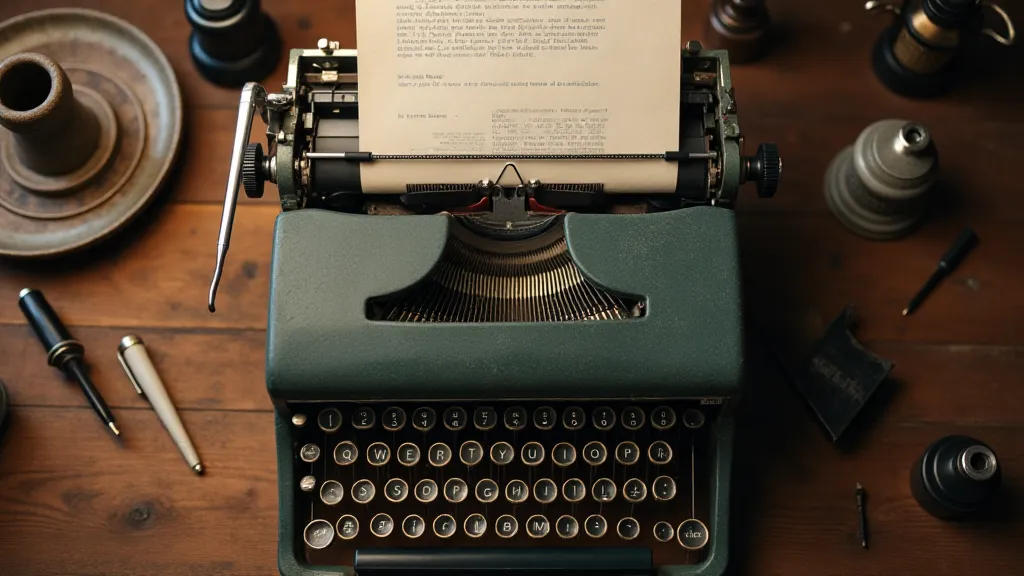
Collecting and Restoration: Listening to the Past
Collecting typewriters is more than just acquiring a piece of equipment; it’s about preserving a legacy, a particular soundscape. Restoring a typewriter isn's just about fixing mechanical issues; it's about bringing its voice back to life. A well-maintained typewriter produces a satisfyingly crisp and even impression, a sound that is both reassuring and inspiring. The sounds themselves, the slight variation in pitch as you type across the keyboard, can tell you about the machine’s condition and wear. A sticky key might produce a muffled sound; a loose carriage return lever might rattle.
Even the scent is part of the experience – the faint aroma of oil and aged metal, a sensory link to a bygone era. When I inherited my grandfather's Remington No. 32, I spent weeks cleaning and lubricating it, meticulously bringing it back to its former glory. The sound it now produces is remarkably crisp and clear, a testament to its enduring quality – and a poignant reminder of the man who used it for so many years. Sometimes, a typewriter’s imperfections tell a more compelling story than its pristine functionality; the subtle shifts in typeface and the faint ghosting of previous words speak volumes about its history. The very movement of the carriage, the transport of ideas across the page, shaped business practices and societal norms. This broader influence on commerce and social structures is an integral part of the typewriter's narrative.
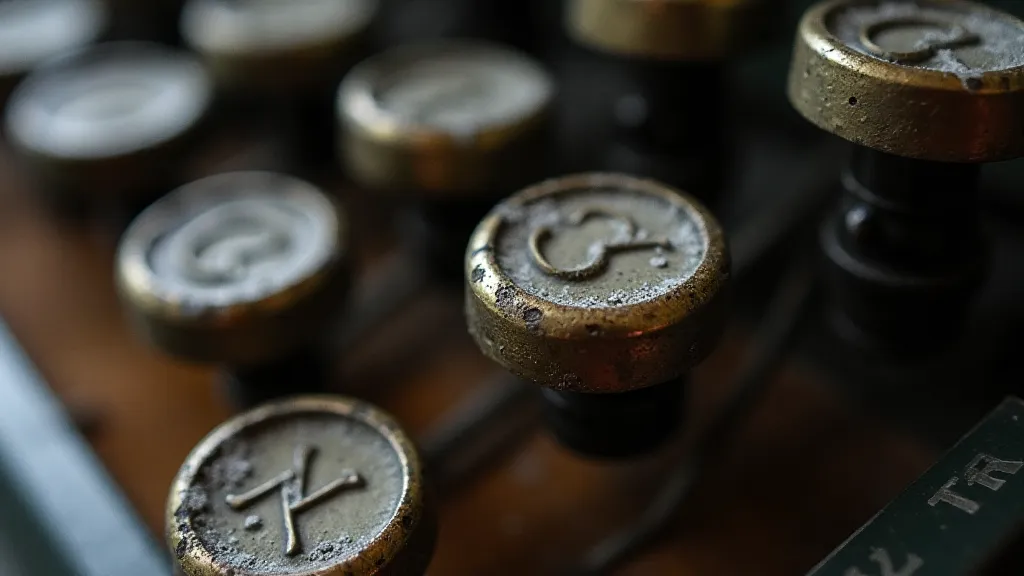
The spread of these machines, their journey across continents and cultures, helped to shape how information flowed and how ideas were disseminated. It wasn’s just about the individual machines themselves, but about the interconnectedness they fostered. Consider examining how these instruments navigated the world and influenced global communication at The Carriage's Journey: Typewriter Migration and the Spread of Ideas.
The typewriter’s impact was particularly profound for women entering the workforce. It provided opportunities and redefined roles in unprecedented ways. The rise of the secretary, the expanding role of women in professional settings—all intertwined with the mechanical click and ding of the typewriter. One can learn more about this transformative period in history at a dedicated resource exploring the evolution of women's roles and their connection to office machinery.
The typewriter’s story is a tapestry woven with threads of technological innovation, artistic expression, and social transformation. It's a testament to the enduring power of simple machines and their ability to shape the course of human history.

